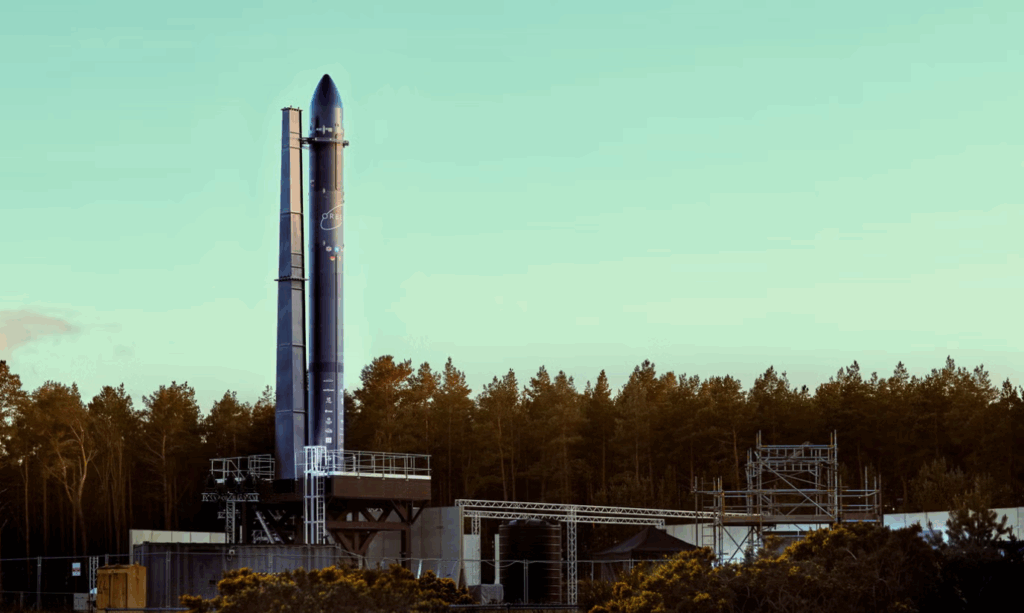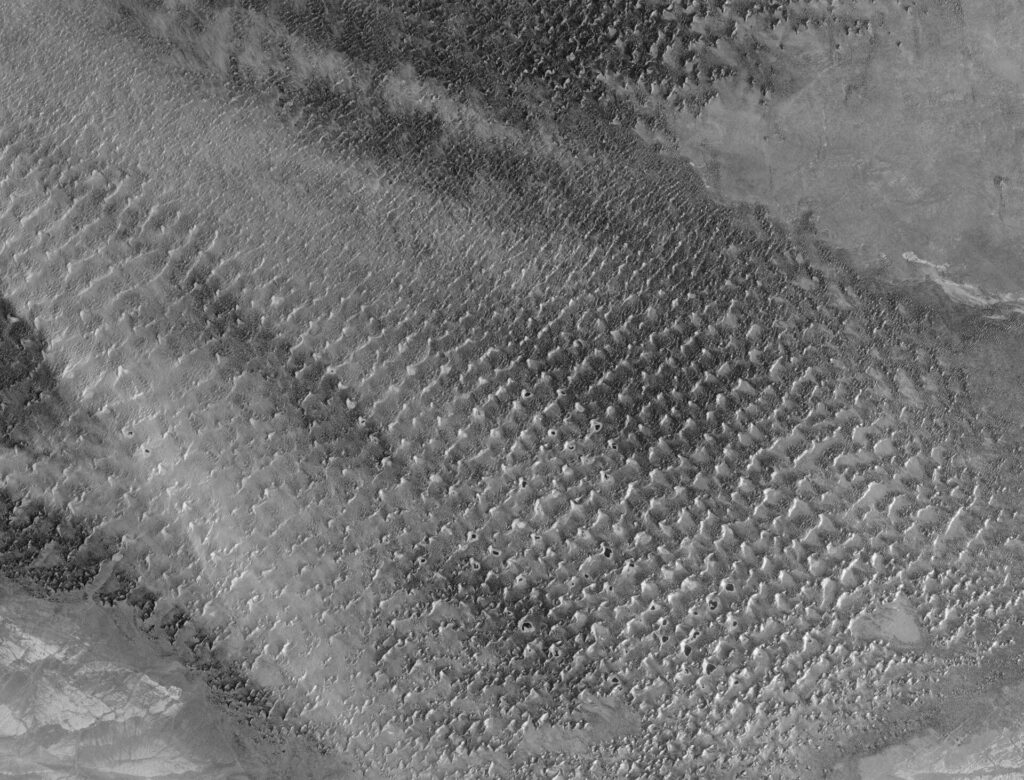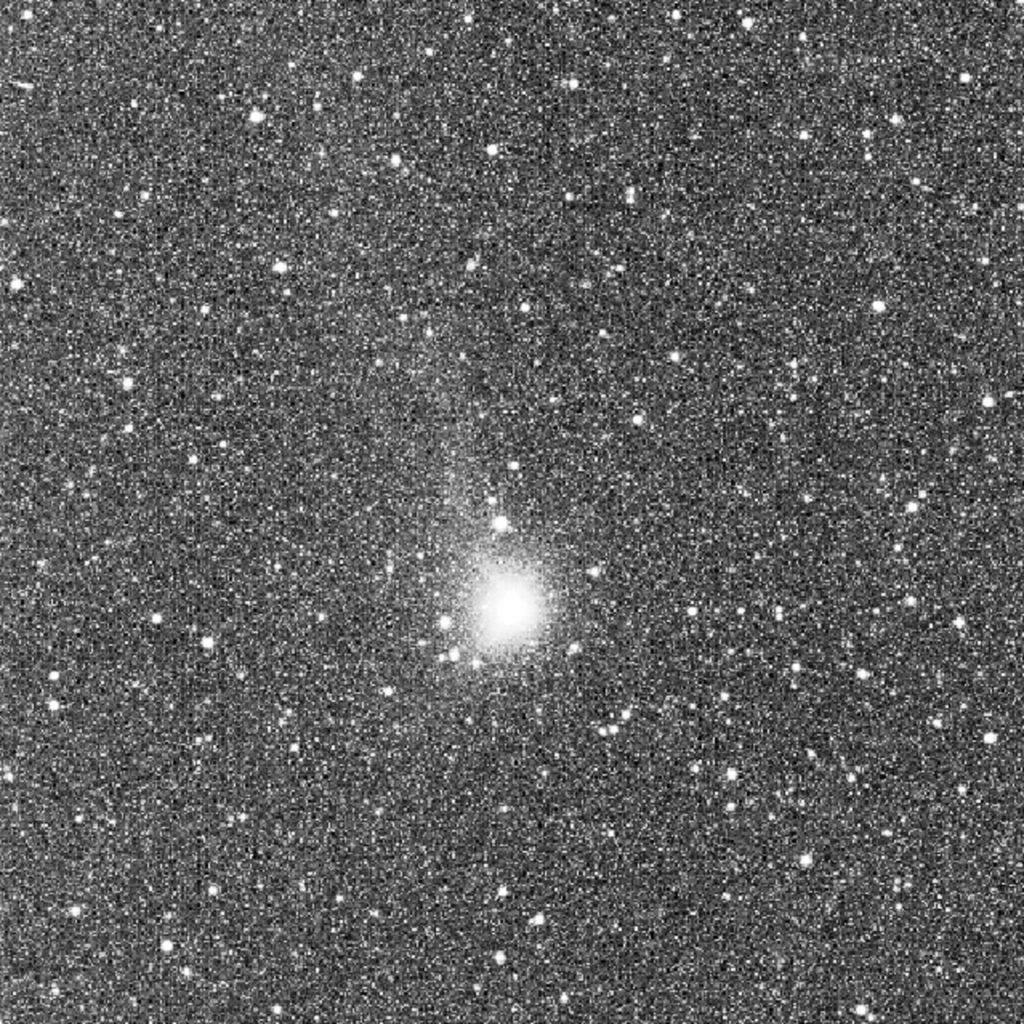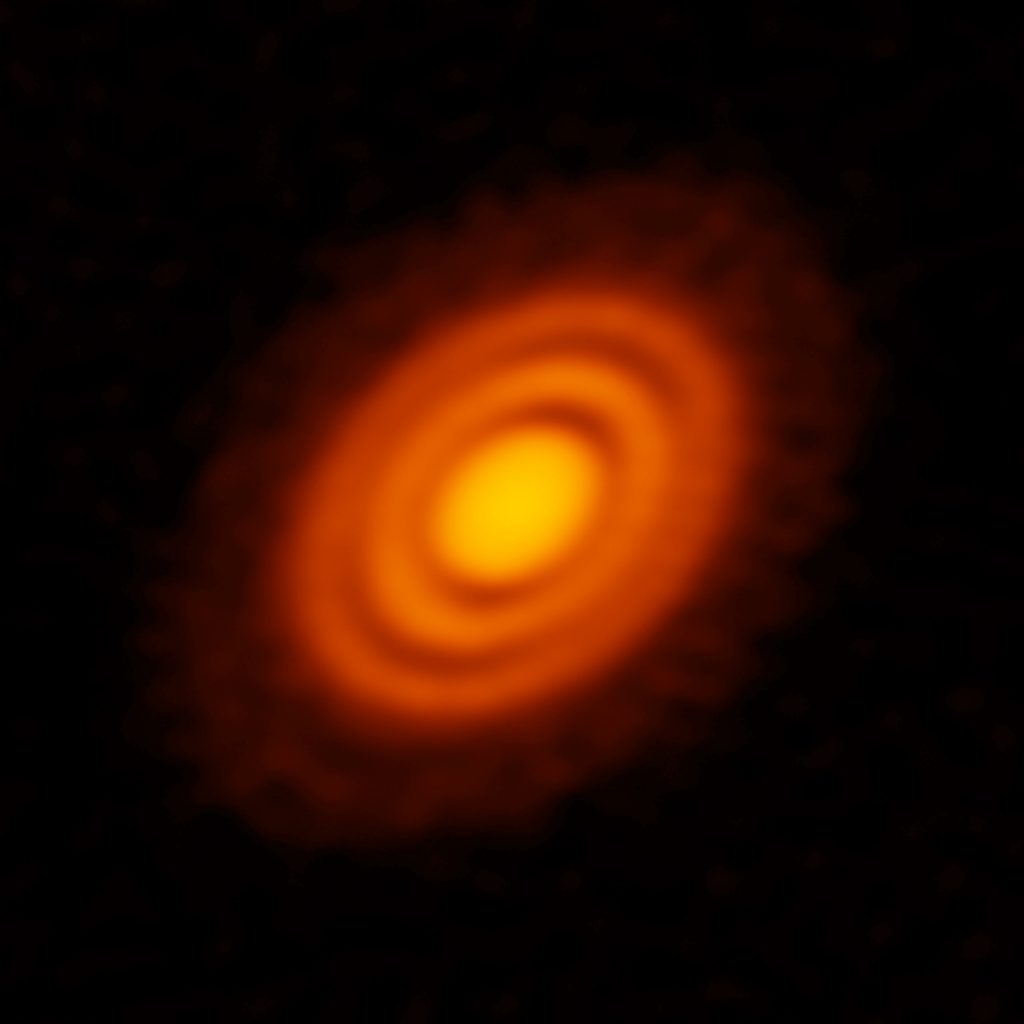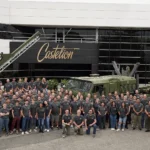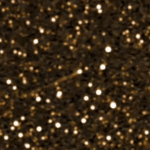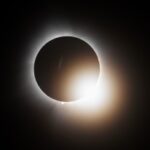Now Reading: ESA at Le Bourget 2025 – Day Two Highlights
-
01
ESA at Le Bourget 2025 – Day Two Highlights
ESA at Le Bourget 2025 – Day Two Highlights
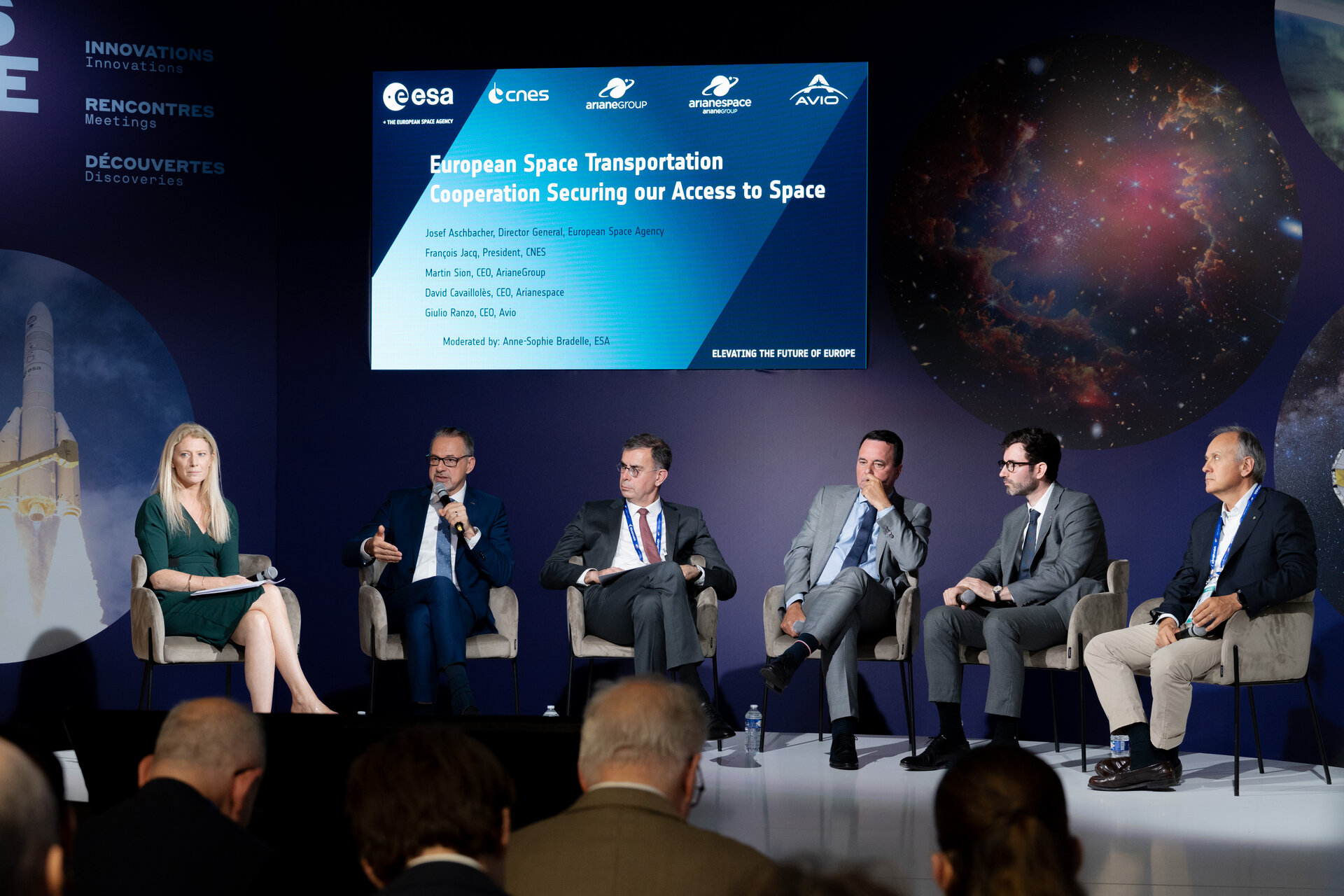

17/06/2025
30 views
0 likes
The beginning of the industrial development of LISA was among the highlights for the European Space Agency on the second day of the International Paris Air Show.
The European Space Agency and OHB System AG sealed their agreement to build ESA’s Laser Interferometer Space Antenna, LISA on the second day of the International Paris Air Show at Le Bourget. From its vantage point in space, LISA will capture gravitational waves of lower frequencies than is possible from Earth, uncovering events of a different scale – all the way back to the dawn of time. Read more about the announcement.
ESA presented a vision of space missions in 2040 through the new Technology Vision 2040 document. Complementing ESA’s Strategy 2040, the document anticipates the technology needed for future missions, and tackles architecture for space, revolutionary technologies on Earth and creating a sustainable space economy among other issues.
The future of Europe’s launcher capability was central to a panel featuring leaders in agencies and industry. ESA Director General Josef Aschbacher, President of CNES François Jacq, ArianeGroup CEO Martin Sion, , Arianespace CEO David Caviollelès, and Avio CEO Giulio Ranzodiscussed the need for continuing guaranteed access to space, and the necessary supporting infrastructure on the ground. Josef Aschbacher said that Europe had exited the launcher crisis but now needs to focus on increasing the cadence of launches. He also stated that launchers and spaceports go together and mentioned ongoing developments at Europe’s Spaceport in French Guiana to help guarantee long-term access to space, as well as looking ahead to this year’s Council at Ministerial level where selected proposals from the European Launcher Challenge will be put forward for funding. The panel discussed reusability including Themis.
ESA and CNES signed a Declaration of Intent that marks an important milestone for the Sentinel-3 Next Generation Topography (S3 NG-T) missions. This agreement reflects the shared commitment of ESA and CNES to advancing Europe’s capabilities in Earth observation and ensuring continuity in high-precision topographic measurements from space. The collaboration will lay the groundwork for a strong European contribution to the future of satellite altimetry, building on the legacy of missions like Sentinel-3 and the in-orbit experience from CNES/NASA’s Surface Water and Ocean Topography mission. Key areas of cooperation include: expertise exchange on advanced altimetry systems; joint development of mission performance and payloads (altimeters, radiometers); simulators and prototype processing modules; ground calibration strategies and instrument/product definitions; analysis for the potential integration of the DORIS-NEO instrument; and the preparation of a multilateral Memorandum of Understanding for future mission phases.
The Future Launchers Preparatory Programme presented its FIRST! Reusability award, bringing a sustainable and competitive end-to-end space transportation ecosystem one step ahead. Eight companies were highlighted in the ceremony that focused on reusability technology disruptors for space transportation:
Technologies for Refurbishment and Operations
- Almatech in consortium with CSEM
- CompPair Technologies in consortium with Invent
Landing and Recovery Systems and Technologies
Reversible/Reconnectable Interface Systems and Technologies
- deltaVision in consortium with Airbus, OHB System and InSpacePropulsion Technologies
- OCCAM Space
Descent Systems and Technologies (including thermal protection and management)
- Orbital Paradigm in consortium with Arceon, Von Karman Institute for Fluid Dynamics and Sirius Space Services
- University of Twente in consortium with Royal Netherlands Aerospace Centre (NLR) and Technische Universität Dresden
Stay Informed With the Latest & Most Important News
-
 012024 in Review: Highlights from NASA in Silicon Valley
012024 in Review: Highlights from NASA in Silicon Valley -
 02Panasonic Leica Summilux DG 15mm f/1.7 ASPH review
02Panasonic Leica Summilux DG 15mm f/1.7 ASPH review -
 03How New NASA, India Earth Satellite NISAR Will See Earth
03How New NASA, India Earth Satellite NISAR Will See Earth -
 04And Thus Begins A New Year For Life On Earth
04And Thus Begins A New Year For Life On Earth -
 05Astronomy Activation Ambassadors: A New Era
05Astronomy Activation Ambassadors: A New Era -
06SpaceX launch surge helps set new global launch record in 2024
-
 07From Polymerization-Enabled Folding and Assembly to Chemical Evolution: Key Processes for Emergence of Functional Polymers in the Origin of Life
07From Polymerization-Enabled Folding and Assembly to Chemical Evolution: Key Processes for Emergence of Functional Polymers in the Origin of Life












